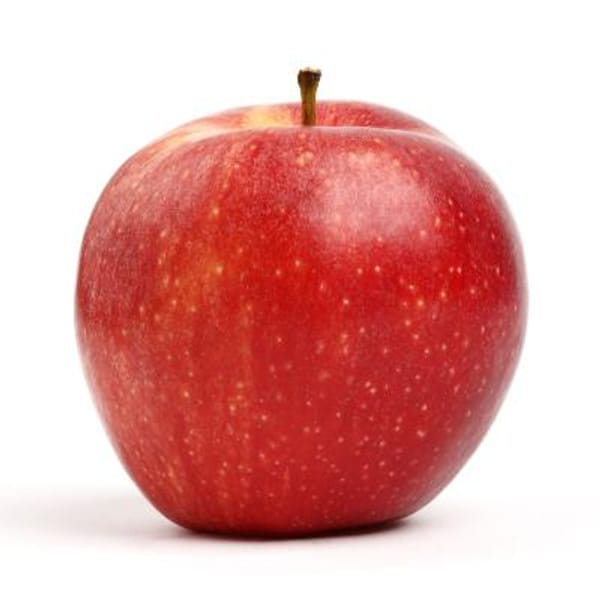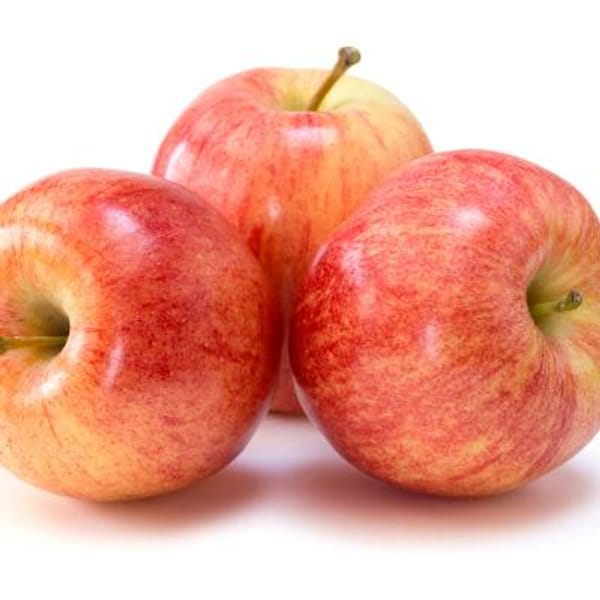Now Available! 5-Gallon Potted Honeycrisp Apple Trees in limited quantities
Honeycrisp Apple- Variety Information
- Crisp and juicy with delicious flavor.
- Red, pink and yellow skin with white flesh.
- Fruit stores very well- 5 months or more.
- Winter hardy, vigorous tree that requires heavy thinning.
- Requires a pollinizer such as Gala, or Granny Smith.
- Apples are generally late blooming.
- Need full sun, well-drained soil, and moderate fertility.
- Thin fruit to maximize quality and size.
- Three or more varieties are best.
- USDA Zone 3-8, Requires 800-1000 chill hours to set fruit.
- Grafted onto M-106 semi-dwarf rootstock.
- Click here to view "Fruit Tree Rootstock Information"







